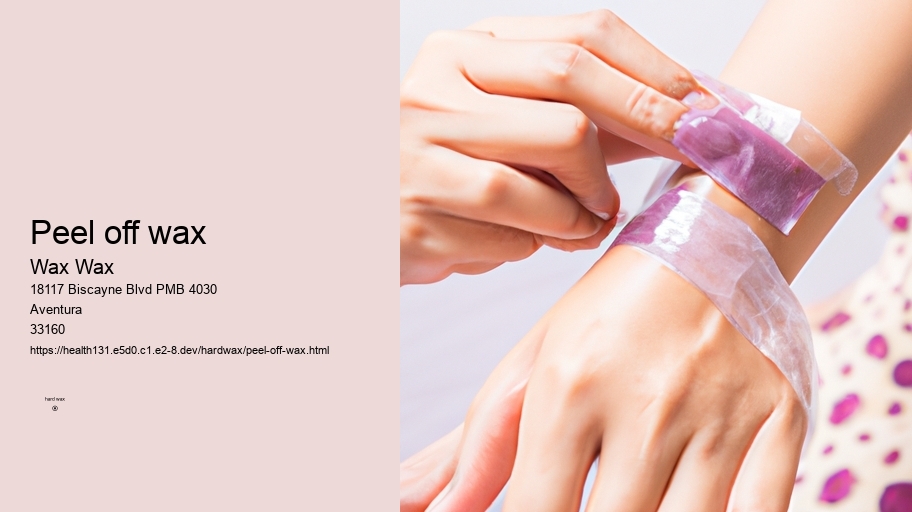

If sun exposure cannot be avoided, it is important to apply a broad-spectrum sunscreen with at least SPF 30 on the waxed areas, wear protective clothing, and seek shade whenever possible to minimize potential damage and irritation.
Additionally, exfoliation stimulates blood circulation, which aids in the regeneration of skin cells and promotes a smoother, healthier complexion.
Waxing a woman's armpits .
Despite its benefits, waxing also has drawbacks such as ingrown hairs and minor bleeding. Additionally, individuals with certain medical conditions or taking specific medications may be at higher risk for skin irritation or complications during waxing.
Myth Debunked: Waxing is Not Always Extremely Painful
While at-home waxing kits are available, it is recommended to visit a professional for your first few sessions to ensure proper technique and reduce the risk of injury.
The modern practice of waxing has evolved over time, with different techniques and types of wax available. Strip waxing, which uses a thin layer of wax applied to the skin and removed with a cloth or paper strip, is one common method. Another method is stripless waxing, where hard or film wax is applied directly to the skin and removed without the use of strips.
1. How should I exfoliate my skin before a waxing session?
In effect this means that by following these precautions (mentioned above), you not only protect your skin but also ensure that your waxing results last longer. Prioritizing proper care for your post-waxed skin by avoiding sun exposure helps maintain its health and smoothness in the long run!
Waxing is a form of semi-permanent hair removal that involves applying a sticky substance, such as wax, to the skin and pulling out the hair from the follicle. This method dates back to ancient civilizations, where various natural substances were used for hair removal.
Wearing loose, comfortable clothing to your waxing appointment is essential for a smooth experience. Tight clothes can rub against the freshly waxed skin and cause irritation or ingrown hairs, so opt for something breathable and easy to slip on and off. This will also help you feel more relaxed during the treatment!
Strip waxing (soft wax) is accomplished by spreading a wax thinly over the skin. A cloth or paper strip is applied and pressed firmly, adhering the strip to the wax and the wax to the skin.
Waxing can be done on various parts of the body, including eyebrows, face, legs, arms, and intimate areas.
Yes,(it) may cause discomfort especially if it's your first time getting waxed.
After your waxing session, it is crucial to follow aftercare instructions provided by your esthetician for best results. This includes avoiding hot showers or baths, staying out of the sun, and using gentle products on your skin. By following these guidelines, you can ensure that your skin stays smooth and free from irritation!

DIY Waxing: When doing it yourself at home (without professional experience), there is a higher risk of injuring yourself or causing burns due to improper technique or not testing the temperature of the wax correctly.
In effect this means that understanding your skin type is crucial in selecting the right type of wax for a successful and comfortable waxing experience!
Ideal for sensitive areas
Find sources: "Waxing" news · newspapers · books · scholar · JSTOR ( April 2017 ) ( Learn how and when to remove this message )
Waxing can be done on various parts of the body, including eyebrows, face, legs, arms, and intimate areas. It offers long-lasting results compared to shaving or depilatory creams because it removes hair from the root. However, some people may experience pain during waxing, especially in sensitive areas.
Avoid skin irritation: Using soothing products after waxing helps prevent skin irritation caused by the process! The ingredients in these products are specifically formulated to calm redness and reduce inflammation immediately after waxing. (This can help you avoid discomfort and itching.)